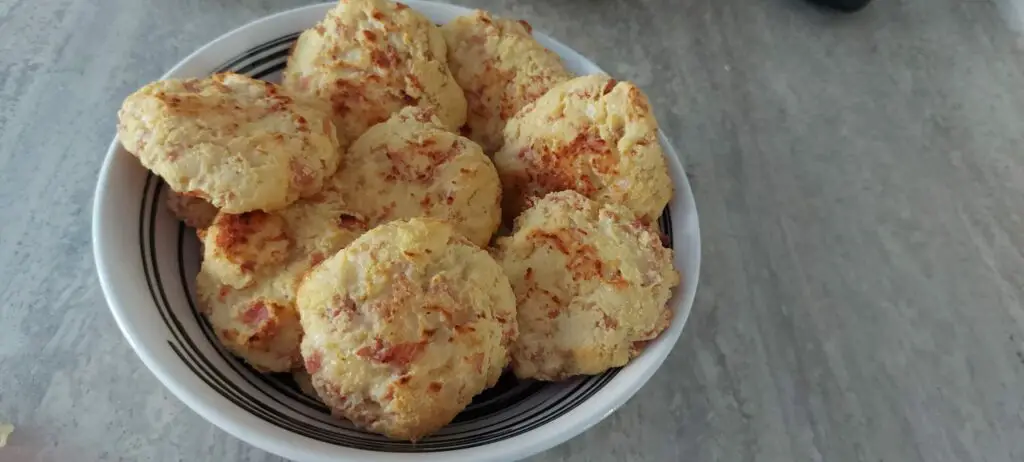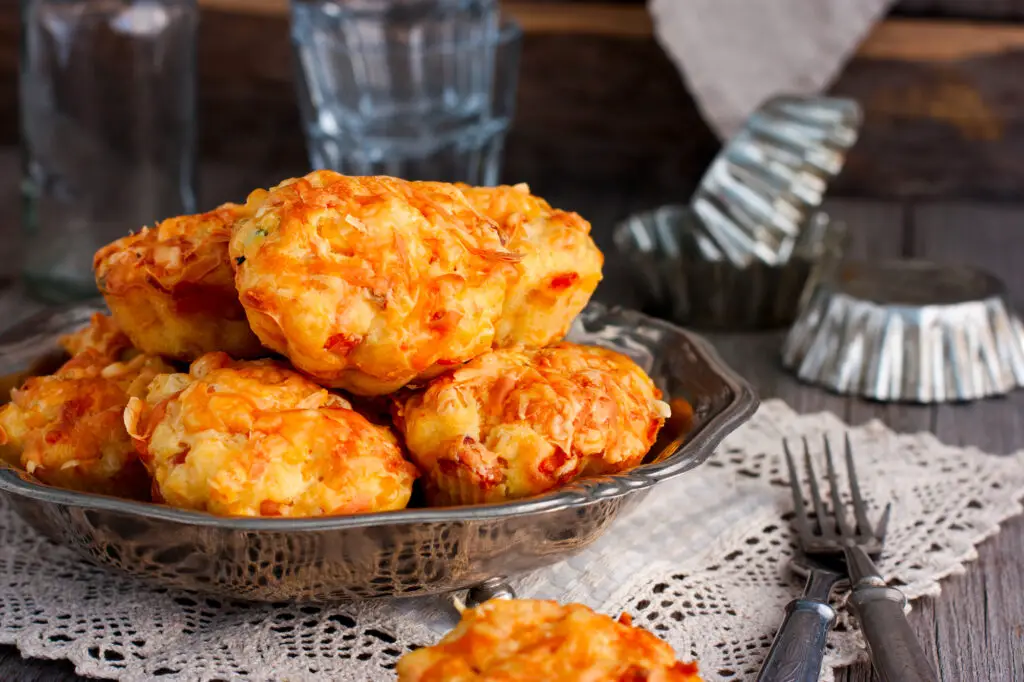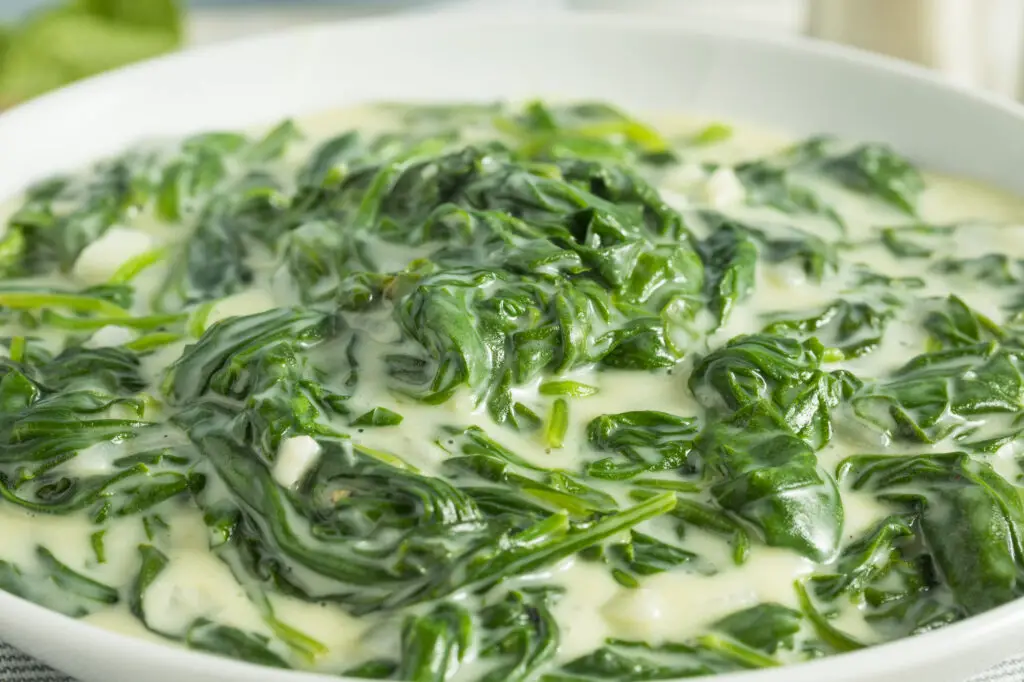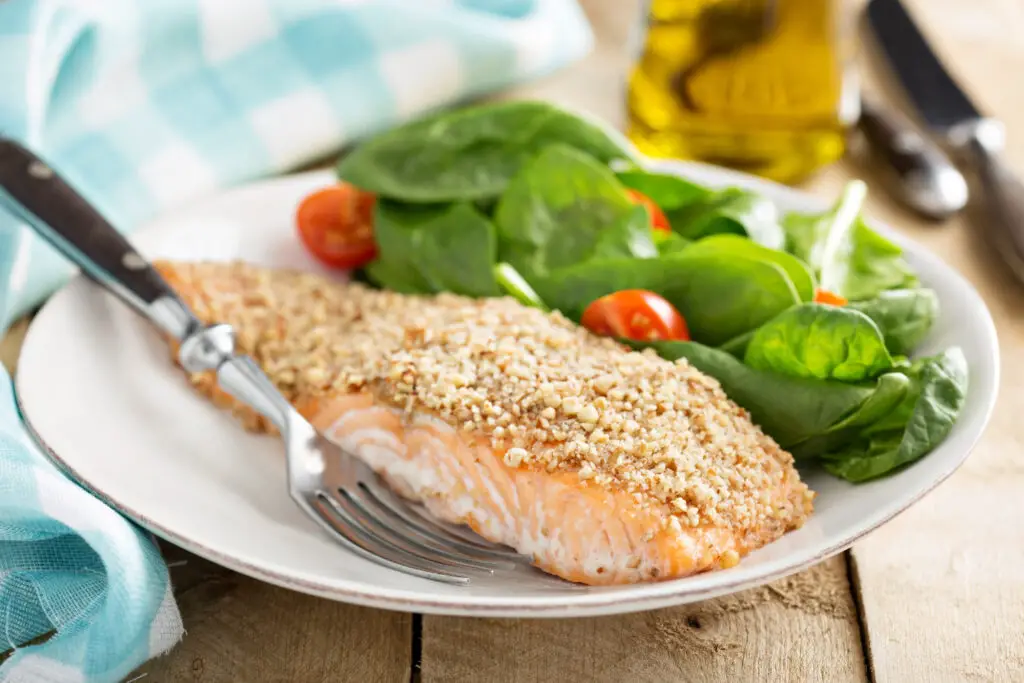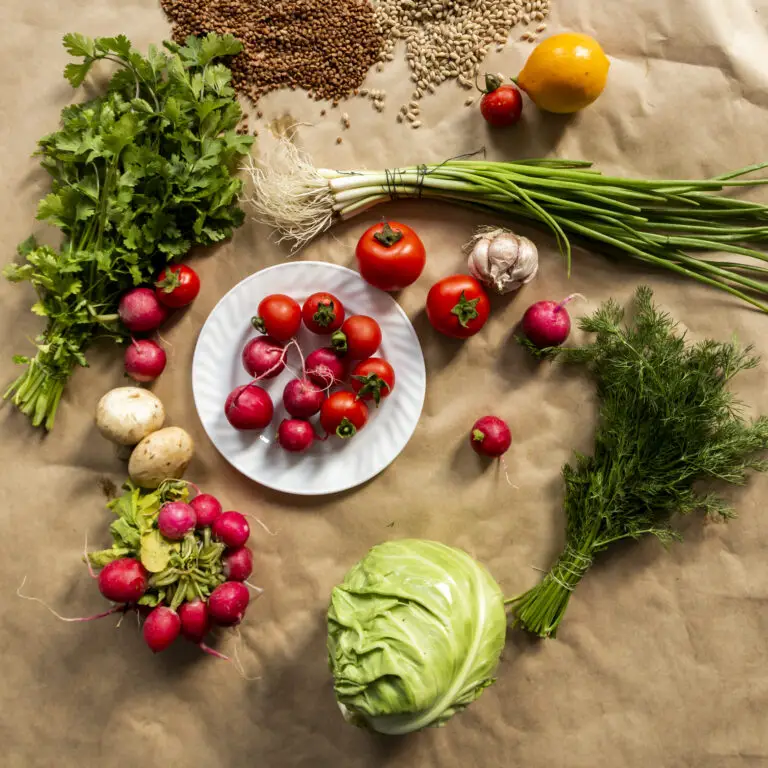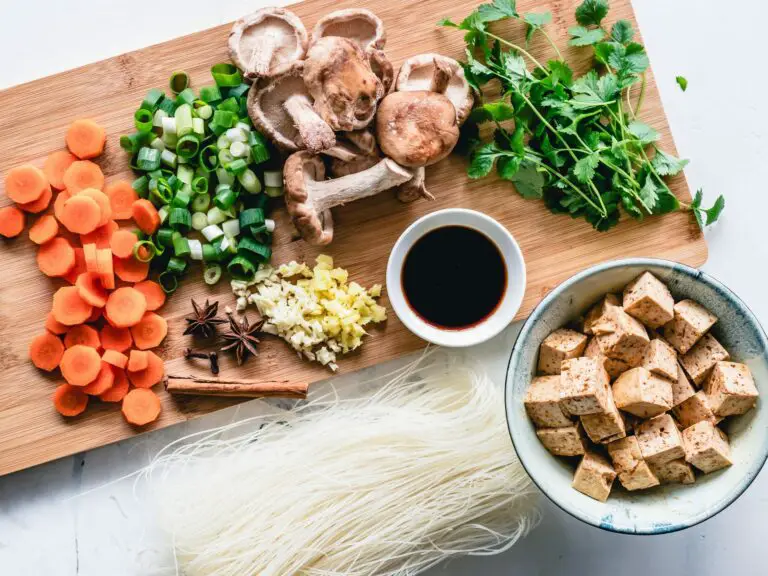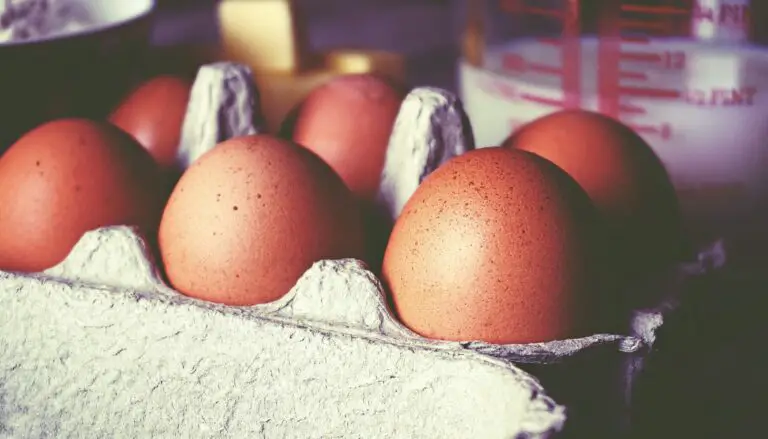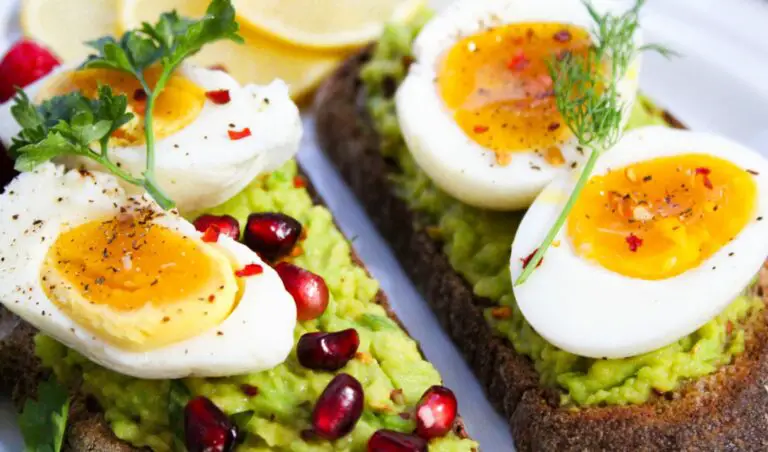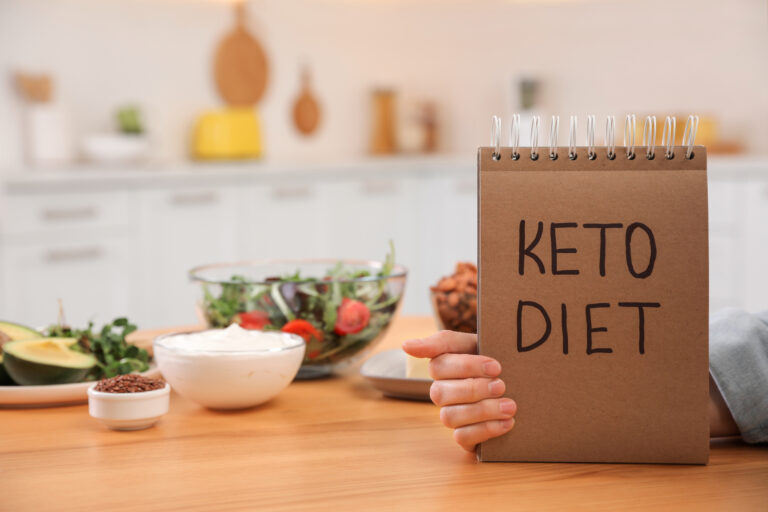7 Ketogenic Tips For Beginners
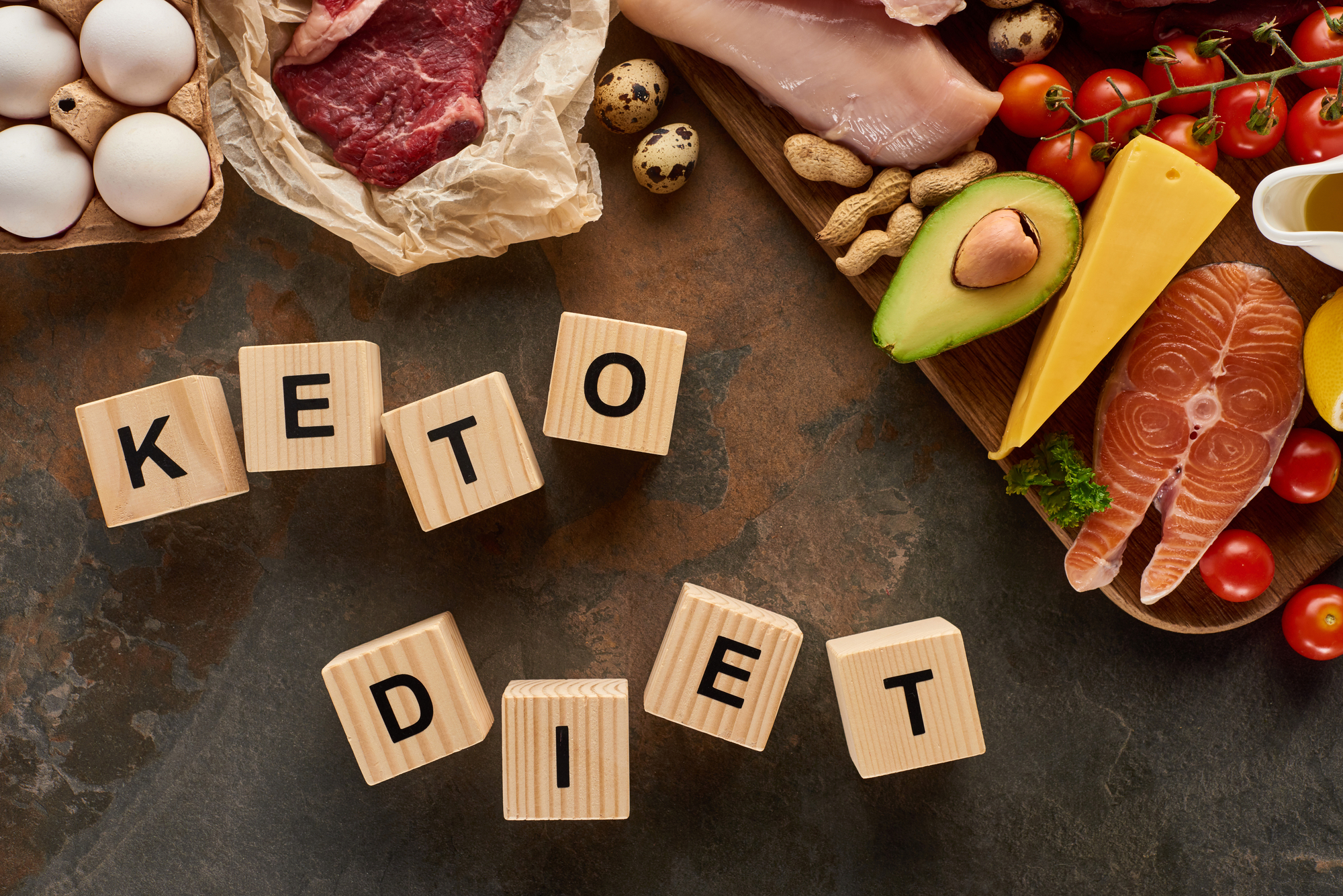
I would like to share 10 tips for the Ketogenic diet for beginners.
1 . Gain knowledge
Find out the fundamentals of the ketogenic diet, such as which foods are acceptable and which should be avoided. A tonne of internet resources are available to get you started.
This book explains the fundamentals of the ketogenic diet and provides handy charts illustrating nutritional information to help you master keto cooking.

Related: How to start the keto die in 6 steps
2 – Start Slow
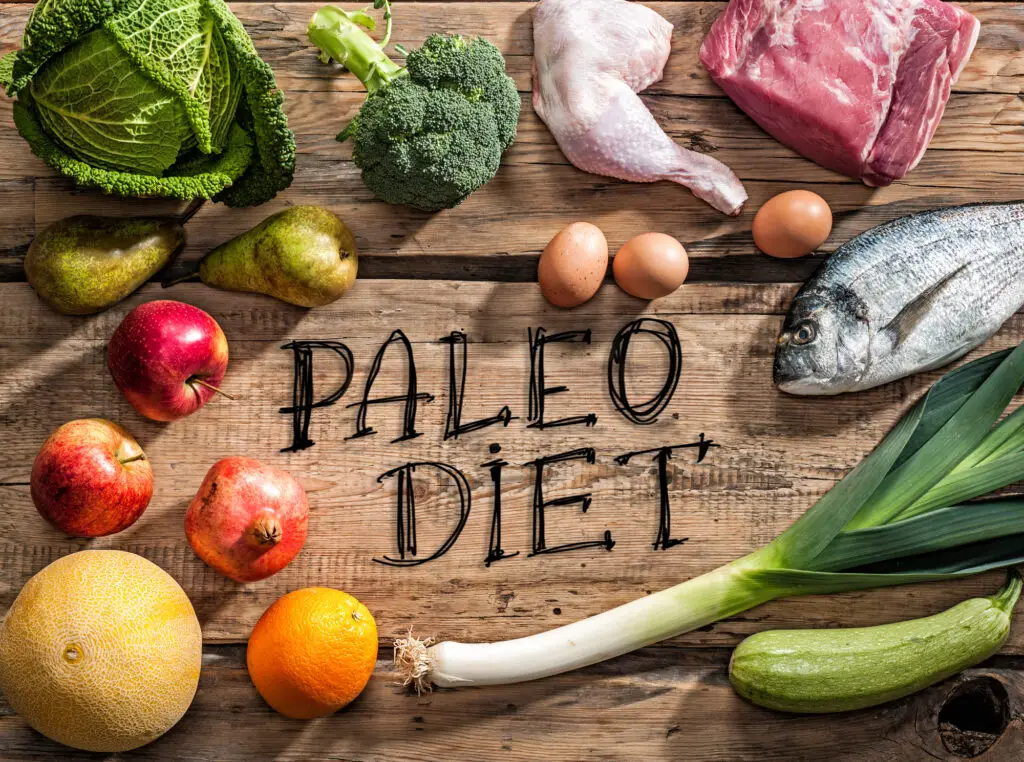
If you have never done the ketogenic diet, I suggest starting slow. Means start with the Paleo Diet for 1 week and once the body starts to get used to low carb, you can begin your ketogenic diet.
Here’s a paleo diet one-day menu plan:
Breakfast: Cooked in olive oil omelet with spinach, bell peppers, onions, and mushrooms
A sliced banana or a handful of berries are examples of fresh fruit.
Herbal tea or black coffee
Snack: sliced apple with almond butter
Lunch: Grilled chicken breast with roasted sweet potato wedges on the side
Salad of mixed greens, cherry tomatoes, cucumber, and avocado drizzled with olive oil and vinegar
Snack: Carrot sticks with hummus
Dinner: Grilled salmon with steamed broccoli and cauliflower on the side
A sweet potato baked in ghee or coconut oil
Dessert: sliced oranges
3 – Clean you kitchen
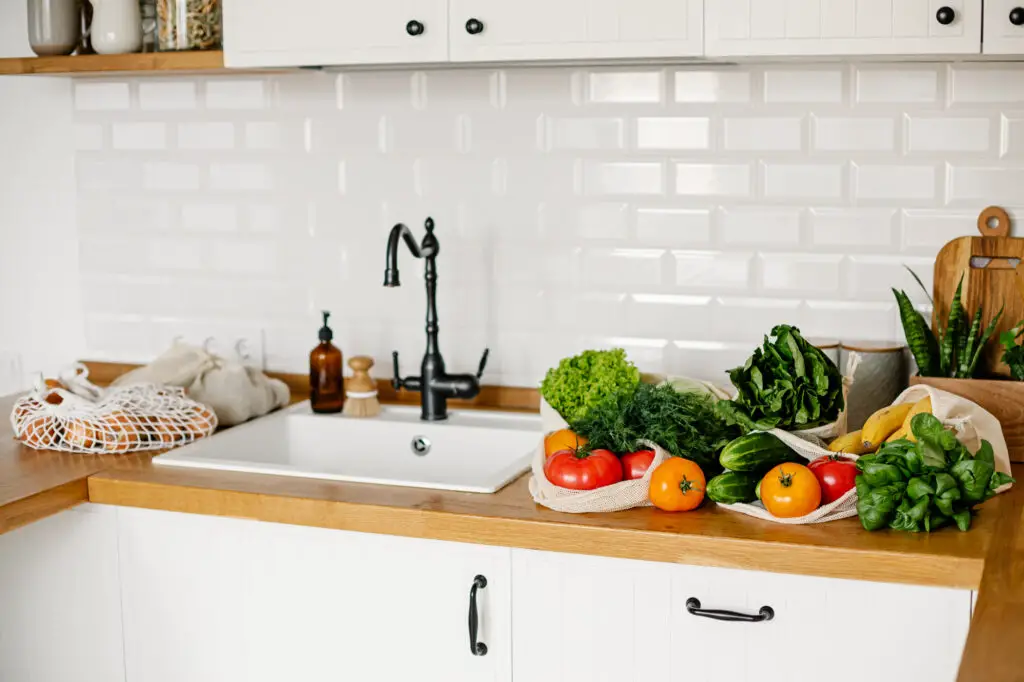
To avoid any temptation, the simple way is to get rid of foods that you need to avoid. Start with the following list:
Sugar: pastries, cakes, ice cream, soda, honey, juice, etc
Grains: pasta, rice, cereal, corn, bread
High-sugar fruits: bananas, grapes, oranges, pineapple, mangos, etc
Oils: canola oil, corn oil, soybean oil, use at the beginning olive oil.
Legumes” chickpeas, lentils, beans, etc
4 – Count Calories
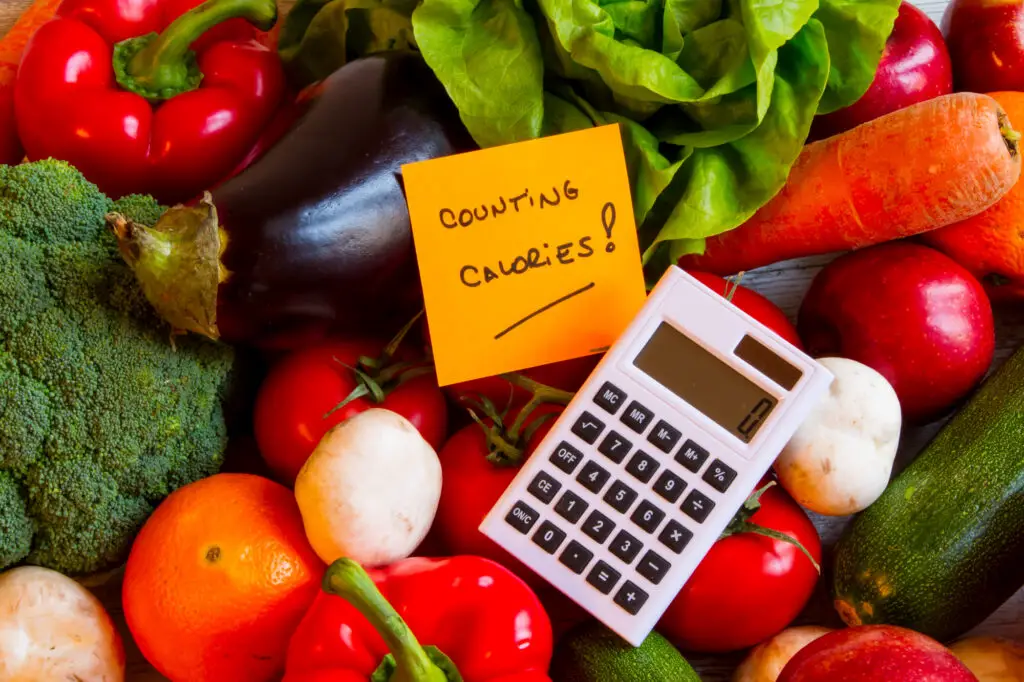
Establish the calories you need to consume to lose weight according to your weight, height, and age, and remember that portions matter. Be aware of your portions.
5 – Avoid the keto flu

A group of symptoms known as the «keto flu» might appear when someone begins a ketogenic diet. These signs and symptoms can include tiredness, headaches, nausea, dizziness, trouble focusing, irritability, and muscle pain. The body’s switches from using carbs as its primary fuel source to fat is assumed to be the cause of these symptoms.
There are various things you may do to prevent the keto flu, including:
Instead of making a drastic adjustment, gradually reduce your carbohydrate intake over a few days or weeks. Your body may adjust more gradually if you do this.
Ensure you are consuming adequate amounts of electrolytes, such as sodium, potassium, and magnesium. These minerals are crucial for numerous body processes and are frequently lost when you consume fewer carbohydrates
Electrolytes are found in foods, including leafy greens, nuts, and seeds and in supplements.
To stay hydrated, sip lots of water. Headaches and weariness are two indicators of dehydration.
MCT oil is a possible supplement to take. MCT oil is a type of fat that readily transforms into ketones, supporting the body’s energy needs as it adjusts to a ketogenic diet.
Give your body time to acclimatize, and practice patience. The keto flu normally lasts only a few days to a few weeks and should go away alone.
You can also manage the flue with certain foods, but at the beginner is going to be easy to take the supplements.
6 – Use easy recipes
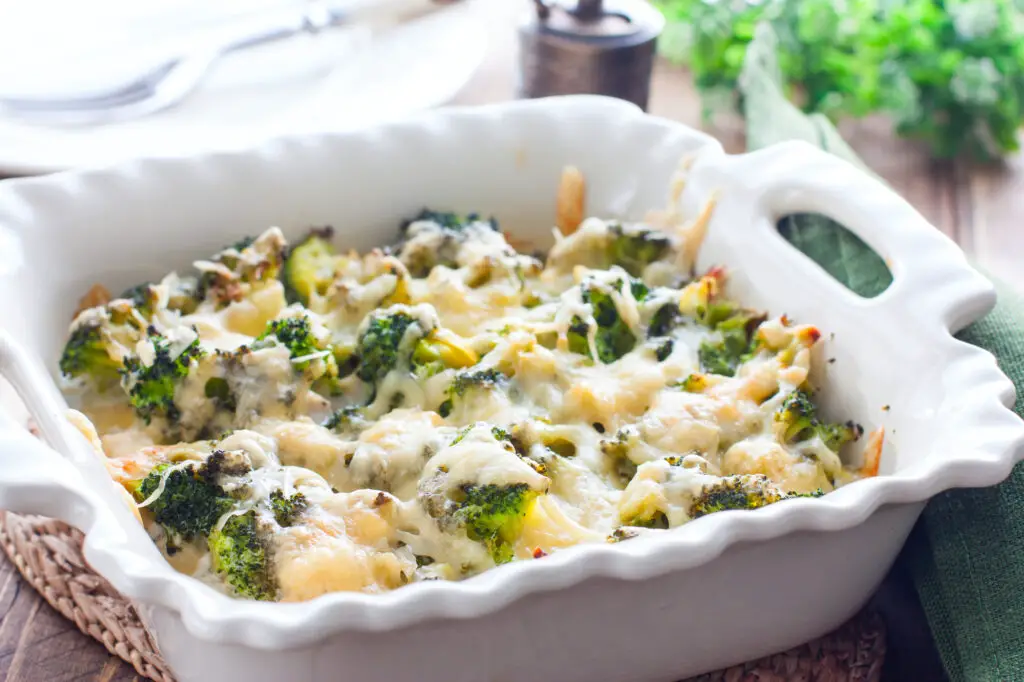
Make a plan for your meals: Plan your meals to avoid running out of keto-friendly options. Planning your meals might also assist you in avoiding temptation and sticking to your goals.
Here’s a 3-day keto meal plan with a shopping list to help you get started:
Day 1:
Breakfast: Bacon and eggs
Lunch: Chicken Caesar salad
Dinner: Grilled salmon with roasted asparagus
Snacks: Almonds
Day 2:
Breakfast: Keto pancakes with bacon
Lunch: Tuna salad lettuce wrap
Dinner: Stuffed bell peppers
Snacks: Cheese slices
Day 3
Breakfast: Keto breakfast bowl with avocado and bacon
Lunch: Grilled chicken salad with feta cheese and olives
Dinner: Beef and broccoli stir-fry
Snacks: Pork rinds
Shopping List
- Almond flour
- 100 gr Almonds
- 1 Stalk Asparagus
- 1 Avocado
- Bacon (for 3 meals)
- Baking powder
- 250 g Beef sirloin
- 1 Bell pepper
- 1 Broccoli
- Caesar dressing
- 1 Celery
- 2 Chicken breast
- 6 Eggs
- Feta cheese
- Garlic
- 250g Ground beef
- Mayonnaise
- Olives
- Onion
- Parmesan cheese
- Pork rinds
- 2 Romaine lettuce
- 1 Salmon fillet
- Sesame oil
- Cheddar cheese
- Soy sauce
- Tomato sauce
- 1 can Tuna
- Unsweetened almond milk
Adjust the portion sizes to fit your daily macros and caloric intake. Good luck with your keto journey!
At the beginner is better to choose a keto meal plan with easy recipes that you can cook with not too many ingredients. Later on if you decide to stick with the diet, you can make more complicated recipes.
7 – Take you supplements

You will need to take supplements to help you with the transition. The following are some of the supplements I take when I go into the keto diet:
8 – Decide if the Keto Diet is for you
Before doing the diet, consider if the keto diet is for you. Maybe it will be good for you for a short period to help you lose those extra pounds. The ketogenic diet is ideal for some people from a health and lifestyle perspective. For others, a paleo diet or a Mediterranean diet may work better. For me, keto is ideal for a while and then I stick with the Mediterranean diet. Do not be hard on yourself; try the diet for at least 2 weeks, and then start thinking about making the keto lifestyle or switching to a better healthy diet and more comfortable one for you.
9 . Keep a Journal
Consider tracking your macros with a food-tracking app to make sure you stay within your daily protein and carbohydrate restrictions. The Keto Journal For Beginners will help you keep track of your meals with macros, monitor your water, exercise, and sleep patterns, and how to control your moods and eating habits!!
10. Do not forget Stock up on keto-friendly foods
Be sure to keep many keto-friendly foods on hand, including high-fat meats, low-carb veggies, nuts, seeds, and healthy fats like coconut oil, olive oil, and avocado oil.
Consult a healthcare provider: It’s always a good idea to consult with a healthcare provider before beginning a new diet if you have any medical conditions or concerns. They can offer direction and support to ensure fully and safely ace that you complete your goals.
Keto Recipes

Me encanta cocinar y escribir, tengo un Certificado de Nutrición de Inicio y un diploma de Nutrición Completa acreditado por CTAA y una Certificación de Entrenador de Salud de Nutrición Keto. Creo firmemente que comer sano es la clave para vivir una mejor calidad de vida. He tomado un curso de Terapia Nutricional que me ha dado las bases para comer saludablemente.

